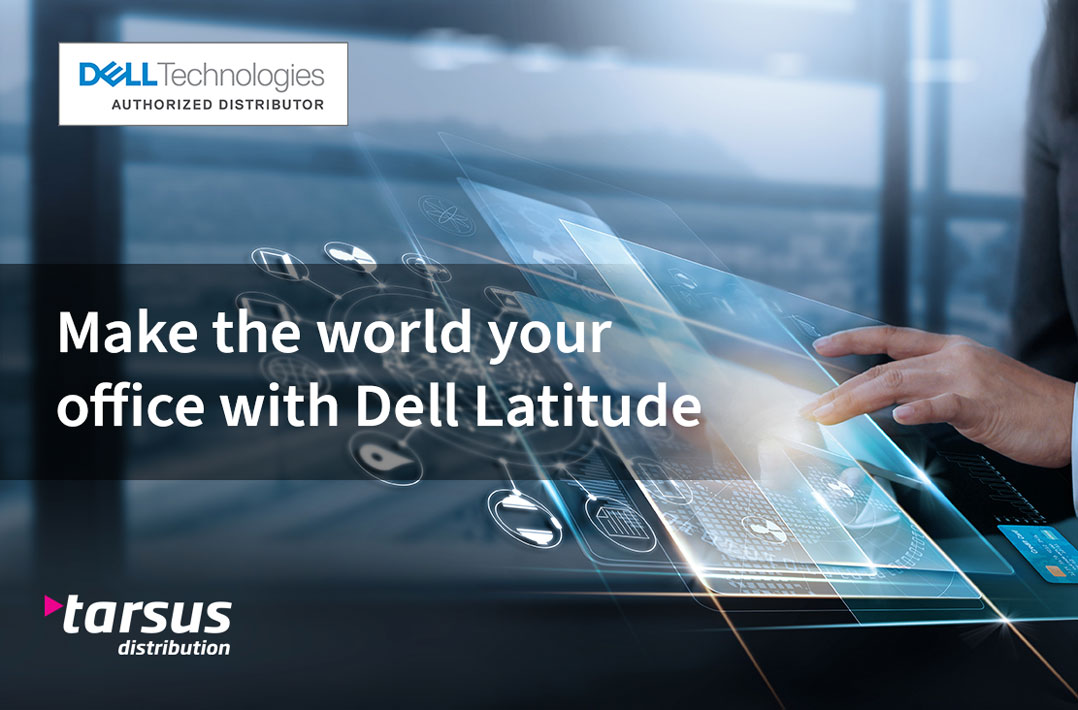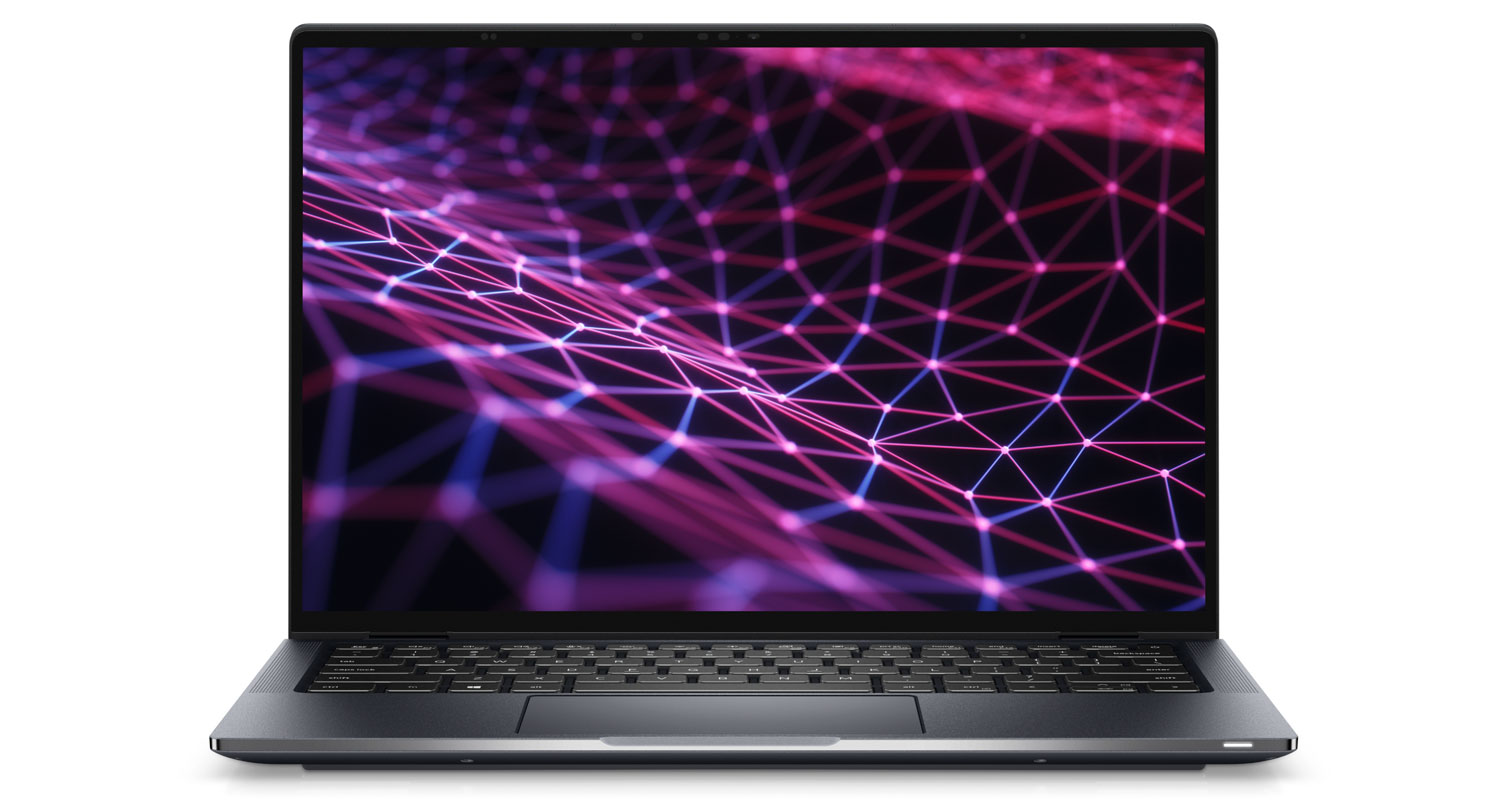 Today’s mobile workforces are not bound by a central physical location but are connected by various types of mobile technology including laptops, smartphones, USB, external drives and mobile Internet. And because these technologies are increasingly portable, easy to use and affordable, a mobile workforce is becoming the norm.
Today’s mobile workforces are not bound by a central physical location but are connected by various types of mobile technology including laptops, smartphones, USB, external drives and mobile Internet. And because these technologies are increasingly portable, easy to use and affordable, a mobile workforce is becoming the norm.
What began as an overnight mass exodus to working from home driven by the Covid-19 pandemic is seemingly here to stay with billions of workers across the globe now working remotely or on the go, says George Moss, business unit manager: Dell CSG at South Africa’s leading ICT distributor, Tarsus Distribution.
Reach out to Tarsus Distribution today
According to Moss, the mobile workforces that were once driven by necessity are here to stay, as many forward-thinking organisations realise that the objective of a mobile workforce is really to enhance productivity, regardless of whether employees are at home or on the move. “The challenge became how to transform employee workspaces into secure, highly collaborative and productive environments, and allow staff members to access critical business applications remotely in a manner that is secure.”
One technology that has been key to enabling remote work is the slew of cloud solutions that allow staff members to remotely access the same software, applications and data as they would at their physical office spaces. “And the notion of a mobile workforce goes way beyond mere working from home, as the introduction of sophisticated mobile devices, video conferencing technologies and collaboration tools means employees can now also carry out field work that usually would have been done back at an office,” Moss says.
Looking at some of the benefits of remote workforces, Moss says: “Firstly, businesses can achieve better customer service. Staff members can give instant answers to their customers by accessing data from their laptop instead of having to wait until they return to the office. In addition, employee stress is reduced, as the pressure of a daily commute, which anyone who’s had to use the N1 knows all about, is removed, and the employee can enjoy a better work and life balance. This, in turn, translates into happier employees, greater productivity, and less time taken in sick days.”
Another major benefit, he says, is lowered costs of physical office space. “By transitioning to a remote, or at least hybrid workplace, companies can save millions in capital expenditure on buildings or monthly rentals of office space. In fact, many large businesses have sold their large offices, and have opted for smaller, shared spaces with common boardrooms and other facilities.”
Mobility
Moreover, says Moss, organisations can offer round-the-clock customer service or maintain continuous workflows with staff members scattered across a wide range of time zones. “Similarly, should an organisation experience downtime from a catastrophe or some other event, employees who are mobile are able to carry on working.”
This means that businesses will need to support a greater range of devices. In particular, smaller, portable devices, including laptops, tablets and other peripherals, are becoming primary work devices. “It also means that organisations will need to track their assets more closely, and this includes their employees. With the Dell Latitude range, staff members can be monitored to guard against a range of safety hazards, including fail detection, location tracking, hazard zones, insurance and regulatory compliance. When it comes to asset-tracking benefits, these include workflow optimisation, regulatory compliance, inventory management and asset-use optimisation.”
In addition, he says, the Dell Latitude range offers the industry’s most intelligent and secure business PCs with built-in AI, meaning each organisation’s perfect office is now wherever they want it to be. “These machines also feature privacy powered by intelligence and boast the world’s most comprehensive suite of intelligent privacy features, including Onlooker Detection and Look Away Detect.”
The Latitude range also allows users to collaborate as if they are sitting across from their co-workers. “Intelligent audio includes Neural Noise Cancellation, which eliminates unwanted background noise as well as the background noise of the participants on any given call. Also, high-quality video in every lighting condition, is enabled by FHD IR cameras with dual sensors and temporal noise reduction, helping users look their best, irrespective of the space they are in, or the time of day.”
 Another feature, ExpressConnect, allows users to be on two networks at the same time with the world’s first simultaneous multi-network connection for faster data and video downloads. “Users can gain up to 20% more in data transfer from optimised networking, 30% faster application data processing and eight times better video quality through optimised Internet bandwidth.”
Another feature, ExpressConnect, allows users to be on two networks at the same time with the world’s first simultaneous multi-network connection for faster data and video downloads. “Users can gain up to 20% more in data transfer from optimised networking, 30% faster application data processing and eight times better video quality through optimised Internet bandwidth.”
In terms of performance, the Latitude range can handle today’s multitasking demands powered by Intel vPro with 11th-gen (up to) Core i7 processors, and the 9000 and 7000 Series feature an Intel Evo Design, too. “The range also employs unique thermal innovations, such as the dual opposite outlet fan, so it can push the boundaries of performance while keeping the system cool and quiet. Users can also finely tune for the perfect balance of performance, cooling and battery run time.”
Finally, the Latitude range offers a brilliant display, with an InfinityEdge on the 9000 series and thin bezels with high screen-to-body ratio on every Latitude, giving an expansive work area in a small and light footprint. “Users can experience vibrant colour and reduced harmful blue light emissions with ComfortView Plus, too.”
And of course, Moss says, Dell has an ideal peripheral for every user, including wireless keyboards, mobile USB-C adapters, multi-USB adapters, wireless mouses and more.
To experience the intelligence and security built in to Dell’s Latitude range of business PCs, reach out to Tarsus Distribution today.
This promoted content was paid for by the party concerned




